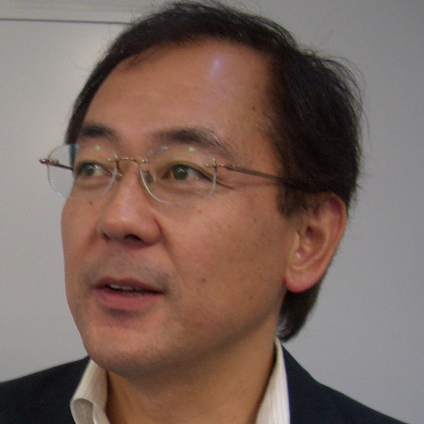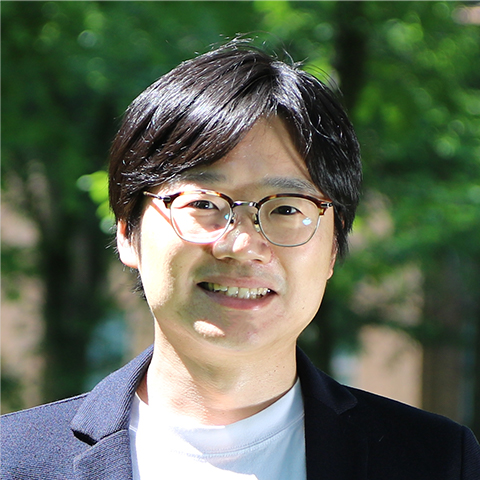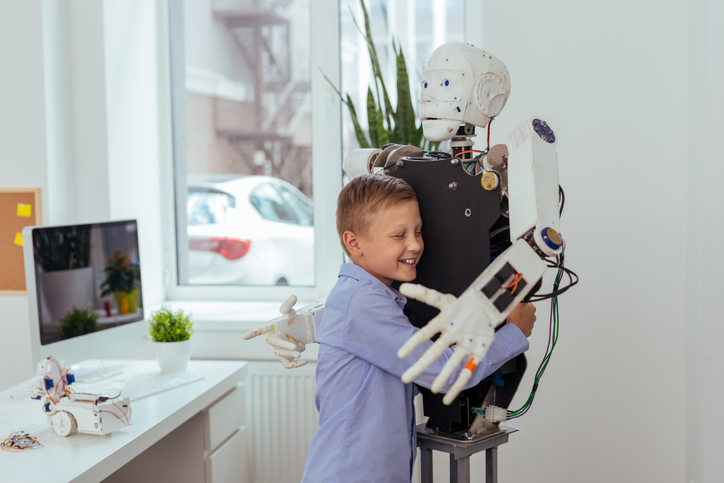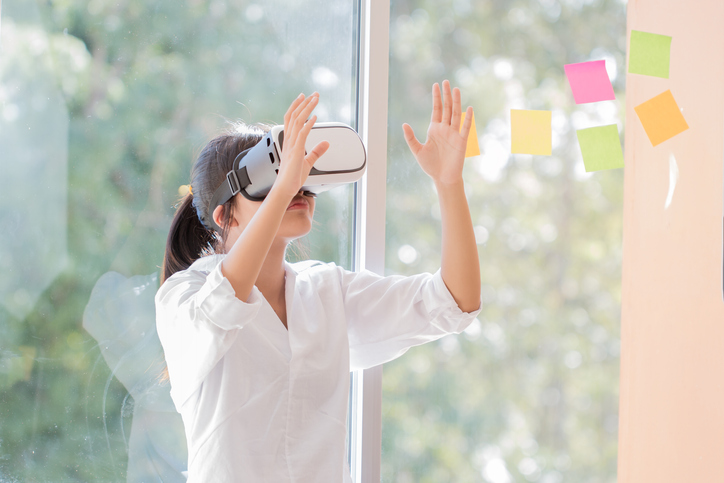Hokkaido HCI
Hokkaido University
Human-Computer Interaction lab
- 2024/6/5一般社団法人情報処理学会の2023年度論文賞を受賞しました。
- 2024/6/5小野 哲雄 特任教授が一般社団法人 情報処理学会のフェロー称号を授与されました。
- 2024/3/6B4小林、D3崔が一般社団法人情報処理学会シンポジウム「インタラクション2024」の インタラクティブ発表賞(PC推薦)を受賞しました。
- 2024/3/6B4岩井、D3崔が一般社団法人情報処理学会シンポジウム「インタラクション2024」の 優秀論文賞を受賞しました。
- 2024/2/19坂本 大介准教授が北海道の令和5年度 北海道科学技術奨励賞を受賞しました。
- 2023/12/1M2阿部、M2鈴木が日本ソフトウェア科学会「第31回インタラクティブシステムとソフトウェアに関するワークショップ(WISS2023)」の対話発表賞(一般)を受賞しました。
北海道大学大学院情報科学院/研究院
ヒューマンコンピュータインタラクション研究室
北海道大学大学院情報科学院/研究院ヒューマンコンピュータインタラクション研究室では、人間を中心としたインタラクティブシステムの研究を行っています。人間とコンピュータシステムの相互作用の仕組みを「科学的」に 探究するとともに、そこで用いられるロボットシステム、エージェントシステム、 インタラクティブシステムをソフトウェアおよびハードウェアの両面から 「工学的」に実装しています。 研究テーマとしては、ヒューマンエージェントインタラクション、 ヒューマンロボットインタラクション等の対話システム構築と認知科学的・社会心理学的実験を通した現象の理解や、新しいユーザ体験を提供するユーザインタフェース構築とそのユーザビリティ評価実験を通したインタラクション設計と評価に関する研究領域全般です。
研究キーワード
#HCI #HRI #HAI #xR #VR #AR #MR #AI #ML #UI #UX #IxD
#ヒューマンコンピュータインタラクション #ヒューマンロボットインタラクション #ヒューマンエージェントインタラクション #バーチャルリアリティ #人工知能 #機械学習 #ユーザインタフェース #ユーザエクスペリエンス #インタラクションデザイン
研究テーマ
ヒューマンコンピュータインタラクションを中心として、広く新技術開発から人間理解などの心理的アプローチを含めて分野横断的な研究を行っています。以下は分かりやすいテーマですが、これに限らず意欲的に研究に取り組んでいます。
研究室メンバー
教員2名、学生は常に25名ほどで日々研究に邁進しています。


当研究室卒業生のみなさんへ
北海道大学では卒業生のキャリアパスの正確な情報を集めています。就職時、転職時には研究室にご一報ください。
連絡先
また、卒業生のみなさんからの共同研究は優先的にお引き受けしています。
共同研究のご相談についてもお気軽にご連絡ください。









